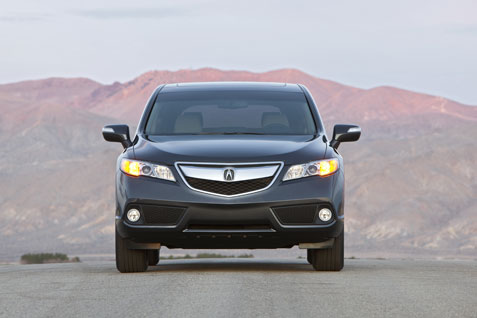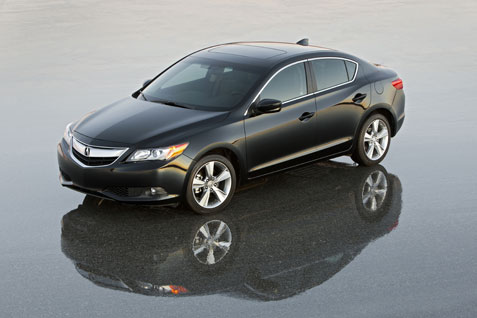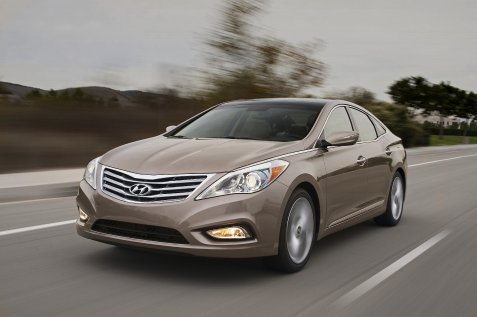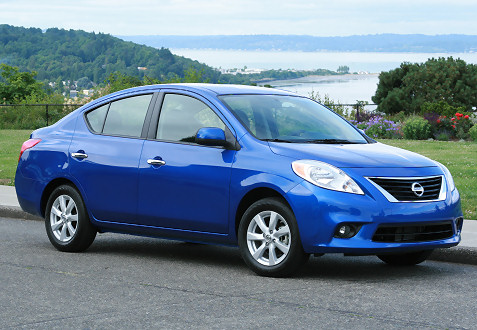At first glance the new Acura RDX may not seem entirely new, but underneath the revised sheet metal lies an entirely new car. Not only is it new, but it has been reconfigured for the customers that actually bought the original one. The first RDX was meant for young, aggressive A-type personalities, but this one is meant for the aging boomers that actually bought the car. However, that doesn’t mean that this car is any worse for it.
Refined Looks
To attract the young go-getters, the first-gen RDX was chiseled and sharp. But older professionals aren’t known for their edgy styling and forward thinking outfits. Because of this, the new RDX has been softened all around. Gone are the chiseled shoulder lines and aggressive taillight treatments, and in their places are rounder, friendlier items. The result is a more refined, professional image that fits this compact CUV nicely. It no longer looks like it’s trying too hard to act tough.
The story stays the same in the interior. Material quality is the same as before, but the interior design has benefitted from a mellowing out. It also comes very well equipped at any trim package, but navigation is not standard. The upgrade is well worth it for the ESL stereo system though. Even if grandpa isn’t going to be blasting dubstep while out on errands, he will appreciate the low range punch and high range clarity of the upgraded system.
New Powerplant for a New Personality
The original RDX, to fit their target market, was a jittery mess. Its turbo four and SH-AWD system combined to make the car eager to chase apexes, but never settled down and enjoyed the ride. With a new motor, drivetrain, chassis and suspension, the RDX has been taken off Ritalin and finally learned to calm down. The major change is the switch to a V6 instead of the old turbo 4. This 3.5L unit delivers more power (273hp) but is smoother and more relaxing than the frantic old mill. The 6-speed transmission has also been revised to prioritize smoothness over quickness.
You can follow us on Twitter and Facebook for content updates. Also, sign up for our email list for weekly updates and check us out on Google+ as well.
Posted in: Cars
Tags: Acura, auto reviews, car reviews, first drive





































